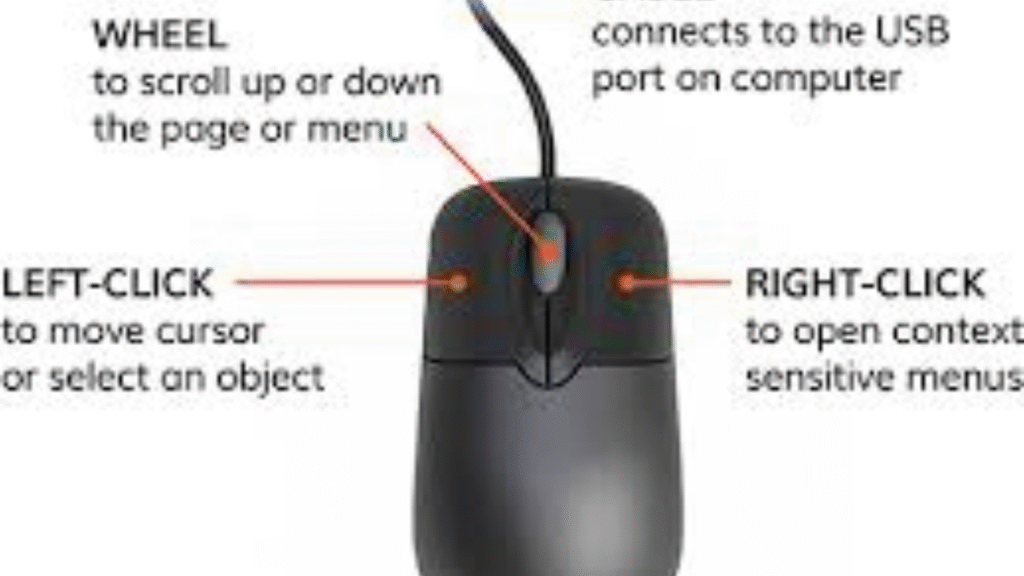Mouse DPI Analyzer/Tester
What is Mouse DPI?
DPI, which has a short form “Dots Per Inch” or ”dots per linear inch”, measures the sensitivity of your mouse. It tells you how your cursor is moving relative to your physical mouse. DPI shows how images or texts appear. A higher DPI causes the cursor to move faster with minimal hand movements, whereas a lower DPI slows the motion for the same physical action.
For example, when you are using 800 DPI, the cursor is slower, which allows for greater control and precision.
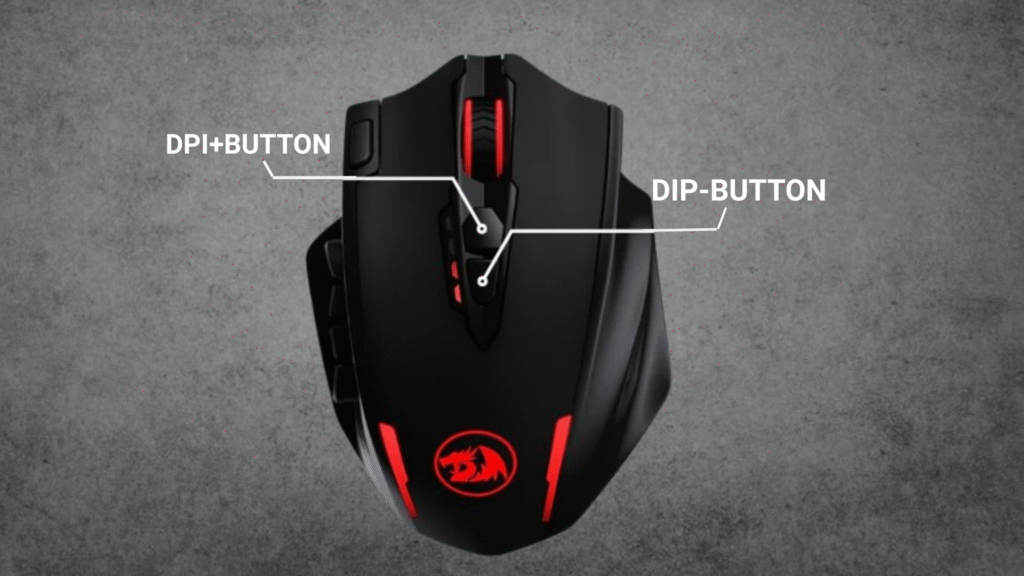
Why Does DPI Matter?
DPI plays an important role in finding out your level of control. If set too high, it can result in an unstable and unruly cursor, whereas a low DPI may cause sluggishness and require extensive mouse movements. Optimal DPI settings enable accurate targeting in gaming, seamless navigation in design programs, and smooth workflow for daily tasks.
Mouse DPI for Gaming Performance
Gaming mouse DPI is a very important factor. Different kinds of free play can help you both often benefit from adjusting your DPI settings:
Mouse DPI for Productivity
A satisfactory DPI setting helps stretch a person’s tasks and is a good working DPI mouse setting. Photographic design work requires selective movements. Use lower DPIs, such as 400–800.
DPI for everyday use and productivity tasks means something user-friendly and more mundane. At the same time, a focus on work that requires concentration and precision limits the range of action to something more than basic settings. Choose higher DPI speed ranges from 1200 to 1800 if you need fast movements.
What DPI Should I Use?
There is no global “top” DPI setup, but it relies on what you’re using it for. Gamers should test various DPI levels to discover the one that matches their gaming style. When working on design projects, using a higher DPI can improve accuracy. In place of one size fits all, choose the best DPI to suit your needs.

Overview
Recommended DPI setting by use case
There is no universally applicable DPI value. It will depend on your monitor resolution, play style, and type of task.
|
Use Case |
Recommended DPI |
Target FPS (in-game) |
|---|---|---|
|
FPS Gaming (CS: GO, Valorant) MOBA / Strategy Games |
400 – 800 |
200+ |
|
General Office Use |
1000 – 1600 |
30 – 60 |
|
4K / Multi-Monitor Output |
1600 –3200+ |
60+ |
|
Graphic Design / Editing |
600 –1200 |
Focused on Precision |
🧠 Pro gamers typically play at 400 DPI and low sensitivity, which provides pixel-perfect aiming.
What Is a Mouse DPI Analyzer?
Mouse DPI Analyzer is a free tool that calculates the DPI (dots per inch) of your mouse. By entering your screen resolution, it calculates the ratio between your physical mouse movement and how much that movement is amplified on the screen. This allows gamers, designers, and professionals the best control and performance when transitioning with their DPI settings.
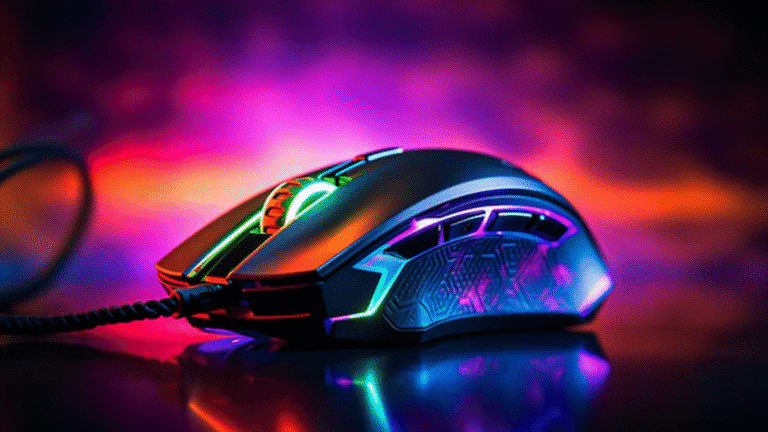
How to Use it
Simply enter your current mouse DPI value by dragging the bar. Select the performance group and drag your mouse (not too fast and not too slow) to get one of the desired values. The tool calculates your actual movement distance and compares it with the theoretical value.
Real DPI vs Advertised DPI
It’s extremely common for a mouse’s real DPI to be slightly off—or even significantly different—from its advertised DPI. Here’s why:
|
| ||
|---|---|---|---|
|
| ||
|
| ||
|
Built-in scaling can distort DPI, especially at specific intervals | ||
|
Mousepads, shiny desks, or glass surfaces can cause erratic sensor behavior. | ||
|
A jerky or stuttering motion may affect DPI testing accuracy. |
Who developed the DPI Analyzer Tool?
The DPI Analyzer tool is created by a group of tech enthusiasts committed to delivering precise and user-friendly tools for measuring DPI across different devices and media. This tool is utilized by gamers and tech designers, who rely on calibrated sensitivity for tasks that require precision.
How To Use Online Mouse DPI Analyzer Tool?
The mouse DPI measurement tool supports you in calculating the DPI with measurement steps that do not include screens. This is how you proceed:
Set the Distance
Input the distance you intend to move the mouse in (cm or inches).
Start the Test:
- Verify that the mouse is at the starting position.
- Click within the border of the tracking tool.
- Drag the mouse across the predetermined distance as straight as possible.
Get DPI Results
- The tool automatically calculates pixels per movement.
- Your current DPI value is shown in real time.
- You can repeat as necessary for accuracy or conduct multiple tests

How to Change Mouse DPI on Windows 10/11
Changing your mouse DPI can help you have better accuracy with your mouse and can help your comfort in your gaming or editing sessions, as well as browsing or anything else you use your mouse for. Go through the following guidelines to change mouse DPI on Windows 10/11:
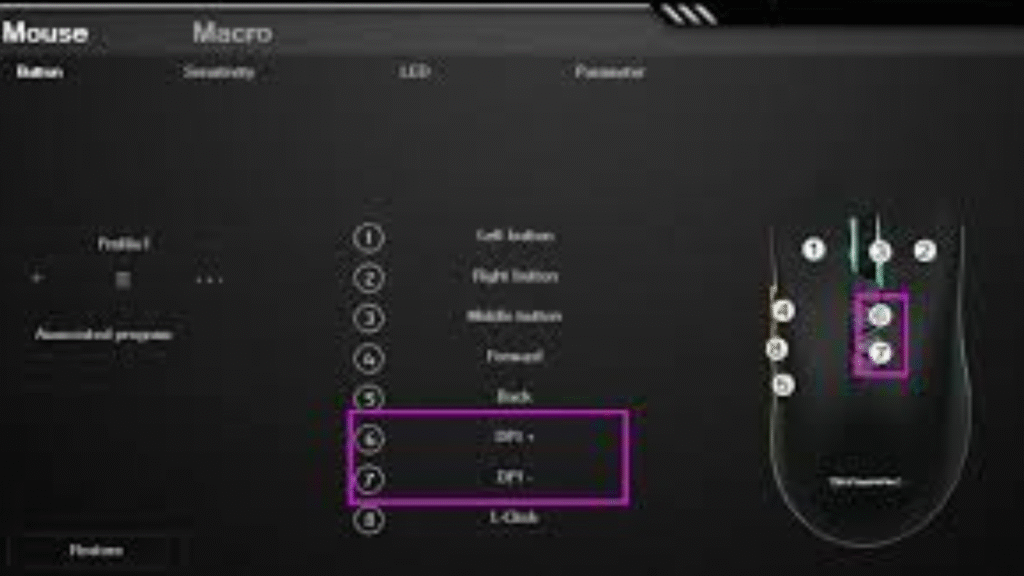
Using the DPI Button on Your Mouse
Using Mouse Software (for Gaming Mice)
Via Windows Pointer Settings
Why Should You Check Your Mouse DPI?
Verifying your mouse’s DPI setting is also important since setting a really high value can have a detrimental effect on the accuracy of the movement of the pointer on your screen.
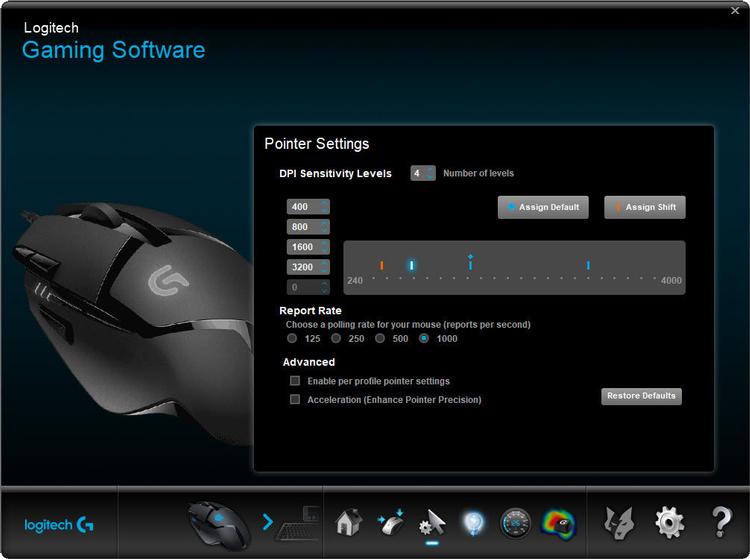
Improve Gaming Performance
DPI impacts aiming, screen, and control for gamers directly. In first-person shooters, players must rely on games like Valorant and Counter-Strike: Global Offensive to enhance their gaming experience.
The right DPI means you aim more accurately and ensure you can pull off those hit-fast and precise shots. Once you know your DPI, it’s easy to adjust in-game sensitivity to ensure you’re using the best eDPI (effective DPI).
Enhance Accuracy in Creative Work
For professional image makers, subtitle text: Graphic designers, illustrators, and video editors—they all need precise tracking. Having a mouse with a high DPI might cause jumpy control because of how sensitively it tracks. Use the expert slider to adjust placement for smooth brushstrokes and apply pixel-level accuracy.
Optimize Everyday Use
DPI is useful even for casual users, like when you’re casually surfing or working on multitasking. A well-adjusted DPI setting makes the mouse more comfortable to use with less tiredness than ordinary mice.
Testing your mouse DPI with a tool like Mouse Testing gives you more control, personalizes your experience, and adapts your device to your unique needs.
Feature Of Mouse DPI Test
Below are some of the main features of DPI test:
100% Free and Instant
You can now use our DPI analyzer free of charge. No need to register or pay in any way; simply access the tool and start your tests. You can view the results immediately, allowing you to quickly assess sensitivity at different intervals and compare across multiple applications.
No Downloads or Setup Required
Since this is a web-based application, nothing needs to be downloaded, and no additional drivers are required. You can test the mouse DPI on Windows, macOS, Linux operating systems, Fedora, and even Chromebooks without any installation or setup.
Works on All Devices and Browsers
You must be using a desktop computer, laptop, or tablet; all are supported. All major browsers, such as Chrome, Firefox, Mozilla, Safari, and Edge, are supported, so the device and operating system you use will not affect performance.
Understanding Mouse DPI vs In-Game Sensitivity
Mouse DPI indicates to you how far the cursor moves on the screen in response to one inch on the mouse pad. Sensitivity is specific to a single game’s in-game fine-tuning. Both of these values make up what is called eDPI, or effective DPI; eDPI helps calibrate for in-game performance.
What is the use of this website?
The Mouse DPI Analyzer is a simple tool that helps you make your ideal DPI setting. Many kinds of mice these days will either list their DPI on the box or come with some kind of software that you can use to confirm and possibly change their DPI. Also, note that if you’re not sure what your mouse’s DPI is, you can check here, or you can verify that the DPI that is printed on the packaging or in the software is correct.
